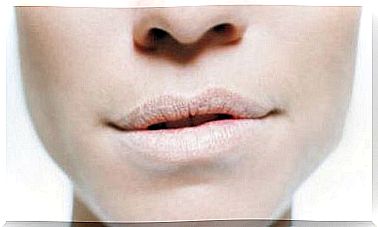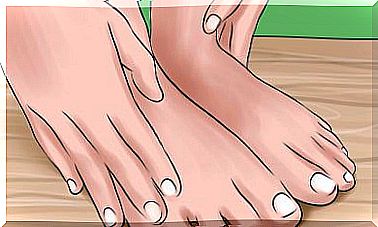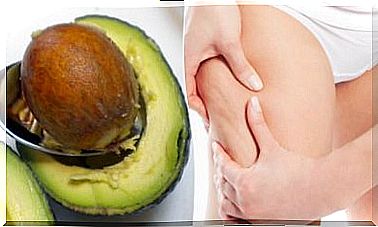The 8 Best Gluten-free Pasta Types
Do you know the best gluten-free pasta types that you can find in the supermarket or even make yourself at home? We’ll show you!
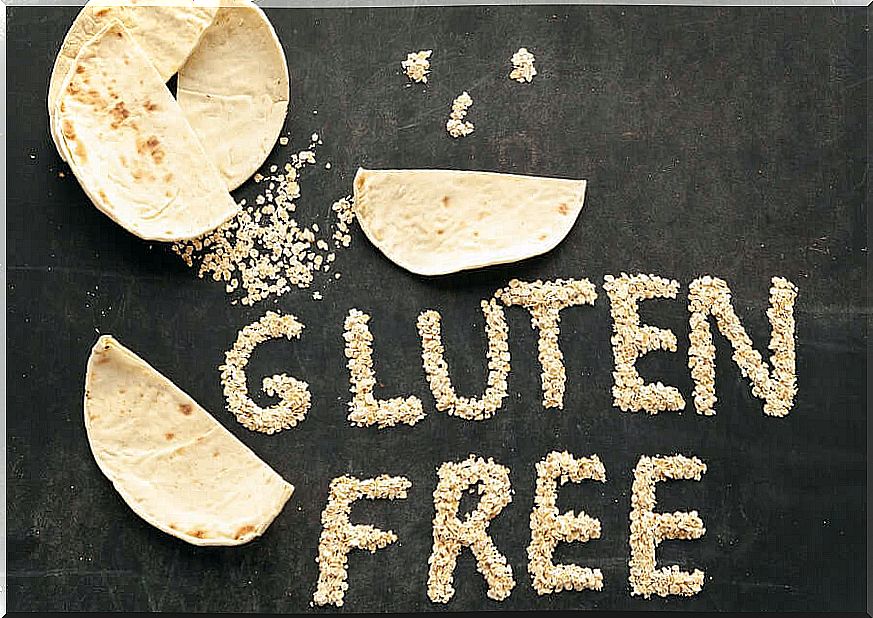
Celiac disease is a disease that causes inflammation in the small intestine due to persistent gluten intolerance. Treatment requires a change in eating habits. That’s why today we’re introducing you to the best types of gluten-free pasta so that you can continue to enjoy your favorite dishes.
The main problem with people diagnosed with celiac disease is that there are so many foods that contain gluten. In fact, there are a lot more than you can imagine.
Let’s discover together which types of gluten-free pasta you can incorporate into your diet. Are you ready? Soon you will be able to enjoy a homemade sauce pasta recipe at home. Is your mouth watering already?
How do you know if the pasta types contain gluten?

Typically, pasta is made from wheat, a grain that contains gluten. However, you can find many different types of gluten-free pasta in almost every supermarket these days.
There should be a label on the front of the package that says “gluten free”, “gluten free” or “gluten free”. If you find it to be “low in gluten”, you shouldn’t buy the product. You can also make a habit of reading the information about the ingredients to be completely sure .
Check out the European list for processed grain-based ingredients and food additives. However, as a preventive measure, it is best to avoid processed foods altogether.
Gluten-free pasta
In the following we introduce you to the different types of gluten-free pasta that you can find in stores:
1. Buckwheat

Buckwheat provides high quality protein and essential fatty acids. And the best part about it? It contains vitamin K, has a low glycemic index and is gluten-free!
You can find buckwheat pasta in the supermarket, but you can also make your own pasta if you prefer. For the basic recipe of the dough you will need:
- 300 g buckwheat flour
- 100 g rice flour
- 4 eggs
- lukewarm water
- salt
Mix the flour with the salt and add the eggs. Knead evenly for about 15 minutes. If necessary, add warm water. Let the dough rest in the refrigerator for half an hour. Then roll out and fill or cut into shape.
2. Rice
Rice flour is ideal for thickening sauces or for making Chinese noodles. However, it has to be mentioned that rice flour is not suitable for dough that needs to be washed because it does not contain enough protein. Since it is made from rice, it also contains many of its beneficial properties such as vitamin B and minerals.
Since Chinese food is very popular around the world, it is not difficult to find the famous rice noodles in any medium or large supermarket.
3. Corn

One of the most important substitutes for wheat flour is corn flour. Rich in minerals, carbohydrates and vitamins A, B and E, it is ideal for baking bread, thickening sauces or making pasta.
If you can’t find ready-made pasta in the supermarket, here’s how you can make it yourself:
- 300 g corn flour
- 1 cup of water
- 2 eggs
- 1 tbsp extra virgin olive oil
- 1 pinch of salt
Put the flour in a bowl, add salt and eggs and stir to form a homogeneous batter. Gradually add olive oil and water and keep stirring. Let the dough rest in a warm place for 30 minutes and then prepare the gluten-free pasta of your choice.
4. Types of pasta made from chickpeas
Another recommended variant of gluten-free pasta is preparation with chickpea flour. This flour is widespread in India because the special taste of the chickpeas gives the noodles a unique note. For example, you can make gnocchis at home:
- 3/4 cups of water
- 5 cups of chickpea flour
- 1 pinch of salt and pepper
- 2 tbsp margarine
Bring the water to a boil and add the flour, salt and pepper. Remove from heat and stir with a fork. Then add the margarine. As soon as a homogeneous dough has formed, take it out of the pan and spread it on the table. Roll out the dough and form gnocchis out of it.
5. Green peas
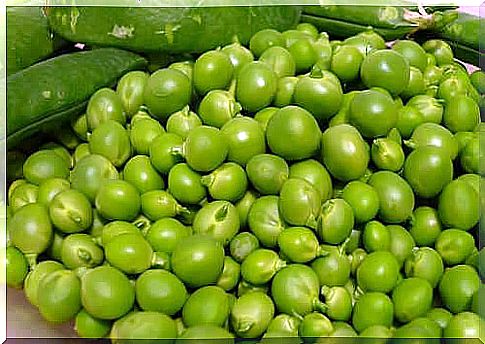
Peas provide, among other things, vitamin C, protein, thiamine, folic acid and niacin. Pea flour also contains these positive properties and is also gluten-free. Green pea noodles aren’t that common, but there are certain brands that offer them.
6. Quinoa pasta
Quinoa has become fashionable in recent years and there are reasons for that, because this pseudo-grain provides protein, amino acids, fiber and carbohydrates. Check out the supermarket around the corner for quinoa noodles!
7. Amaranth

This pseudo-grain is characterized by its enormous amount of proteins, which make up 15-18% of the total. It is also rich in folic acid, vitamins A, B1, B2, B3 and C and is ideal for making gluten-free dough and bread. In some supermarkets and specialized online stores, it is possible to find gluten-free pasta made from amaranth.
8. Types of pasta made from millet
This grain is rich in iron, phosphorus and magnesium. On the other hand , it provides more protein than wheat, rice or corn flour. It is very suitable for making dough, whether for pasta or bread. Millet noodles are available in specialist shops.
These are the most important types of gluten-free pasta , but there are also combinations such as: noodles made from buckwheat and corn, made from corn and rice, or made from chickpeas and corn. Are you ready to try these delicious gluten-free pasta types?

